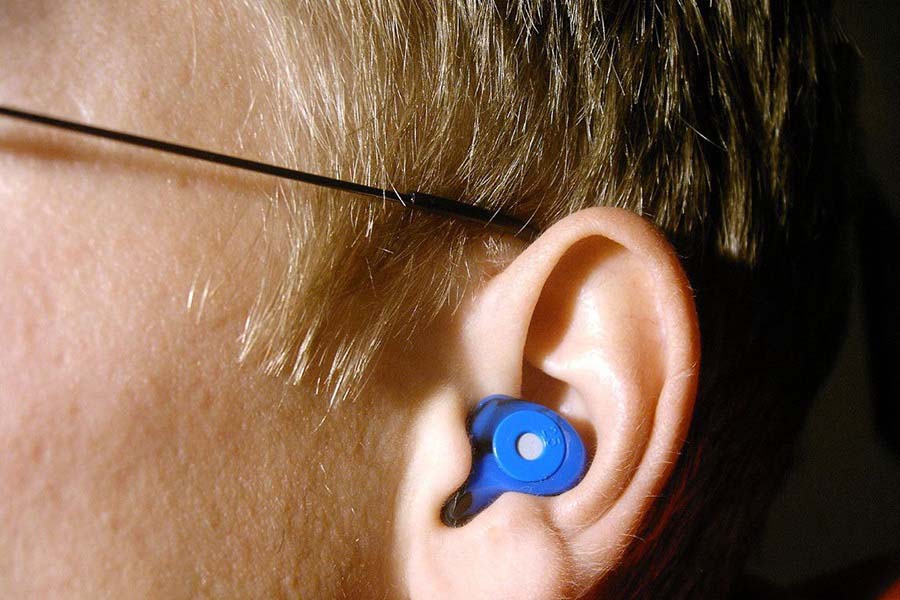In a world where noise is a constant, hearing protection is necessary whether you work on a busy construction site or attend a live concert. With so many options — from earmuffs to 3M earplugs — it may seem challenging to select the appropriate hearing protection. Your decision, however, may have a significant influence on how safe and at ease you feel in noisy environments.
Protection with Earplugs
Earplugs are a well-liked option for hearing protection since they are made to fit comfortably in the ear canal and significantly lessen exposure to noise, especially low-frequency noises. The following are the main earplug kinds to take into account.
Expandable Foam Plugs
These adaptable earplugs, which come in a variety of colors and sizes, provide both comfort and protection while accommodating different ear canal diameters. They guarantee a safe and adaptable fit and are ideal for daily usage.
Pre-molded Earplugs
Washable and reusable alternative to foam earplugs. They are made of materials like silicone, plastic, or rubber. They come in a variety of sizes and produce a pleasant seal without requiring regular modifications.
Canal Caps
An effective option, canal caps combine the comfort of earplugs with a useful headband for simple removal and keeping. Even though earplugs are inexpensive, portable, and pleasant, they can be misplaced, need appropriate insertion to be effective, and may irritate the user if worn improperly, especially in humid environments.
Protection with Earmuffs
Earmuffs, on the other hand, completely enclose the outer ear and provide the best high-frequency noise protection. They are less prone to go misplaced, and being observable from a distance makes compliance monitoring simple. Even some earmuff devices allow for inter-user communication. However, earmuffs could be a bit pricey, might conflict with other necessary personal protection gear, including safety glasses, and might be too heavy for particular work environments.
Making a Decision Based on Knowledge
Now that you know your alternatives, how can you choose the hearing protection that will work best for your requirements?
Frequency Matters
When ambient noise exceeds 85 decibels (dB), hearing protection is required. Assess the noise intensity, exposure frequency, and duration to establish the proper protection. Numerous devices and gadgets offer dB-level readings, which makes the evaluation easier.
Comfort Should Come First
Worker comfort comes first. Particularly when it affects delicate regions like the ear canal, people are less inclined to utilize uncomfortable hearing protection on a regular basis. Make sure the chosen protection provides both efficient noise suppression and a snug fit.
Combining Protection
The use of earplugs and earmuffs at the same time may be considered in areas with excessive noise levels that surpass 105 dBA. This strategy, therefore, ought to be used only under circumstances where seclusion from the outside world is appropriate.
Final Reflections
Finally, it should never be understated how important it is to protect your hearing. The secret is to evaluate noise levels and put comfort first, whether you use 3M earplugs, earmuffs, or other hearing protection options. Keep in mind that while wearing hearing protection may be required, including your staff in the selection process may promote a safer workplace with greater cooperation.
Machine tool supply – Industrial Solutions is your go-to source for industrial solutions, including machine tool supply. To learn more about our wide choice of solutions that are suited to your unique needs, get in touch with us right now.

Hiking addict, vegan, fender owner, Eames fan and brand builder. Working at the nexus of simplicity and intellectual purity to answer design problems with honest solutions. Concept is the foundation of everything else.
